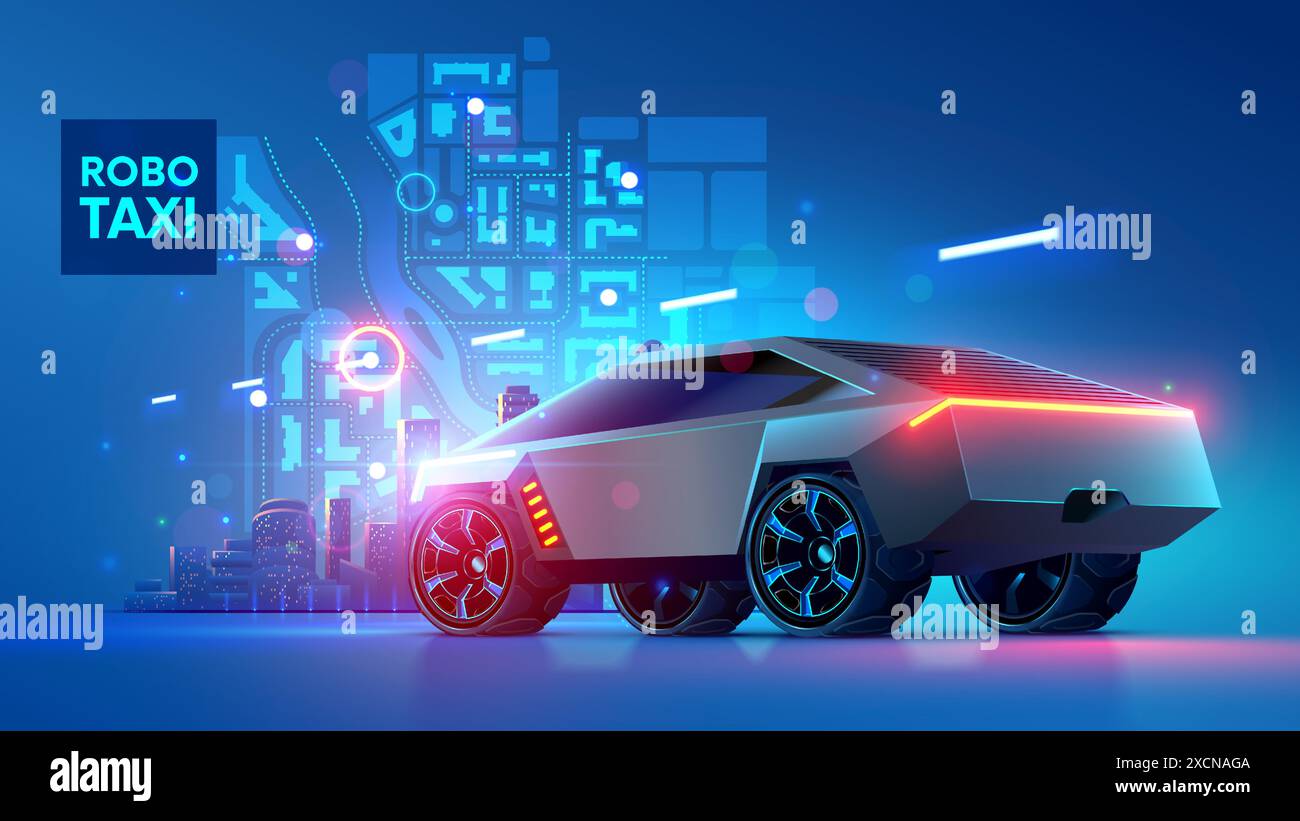
Robotic Taxis: The Innovation and Reality of Future Transportation
Do you have any questions about robotic taxis? Let’s explore the innovation and reality of future transportation together and have an interesting discussion. What kind of information are you looking for? It will be fun to learn together.

What are robotic taxis?
Robotic taxis are taxis that operate without a human driver, using autonomous driving technology. These self-driving taxis utilize advanced technologies such as artificial intelligence and sensors to recognize road conditions and perform reliable driving. Robotic taxis are emerging as a new mode of transportation that allows people to travel conveniently.
The history and development of robotic taxis
Robotic taxi technology has been developing continuously for decades. Research on autonomous driving technology started in the early 2000s, and various companies have since participated in the development of robotic taxis. Especially since the 2010s, the advancement of artificial intelligence and sensor technologies has accelerated the practical application of robotic taxis. Currently, robotic taxi pilot operations are being conducted worldwide, and further development is expected in the future.
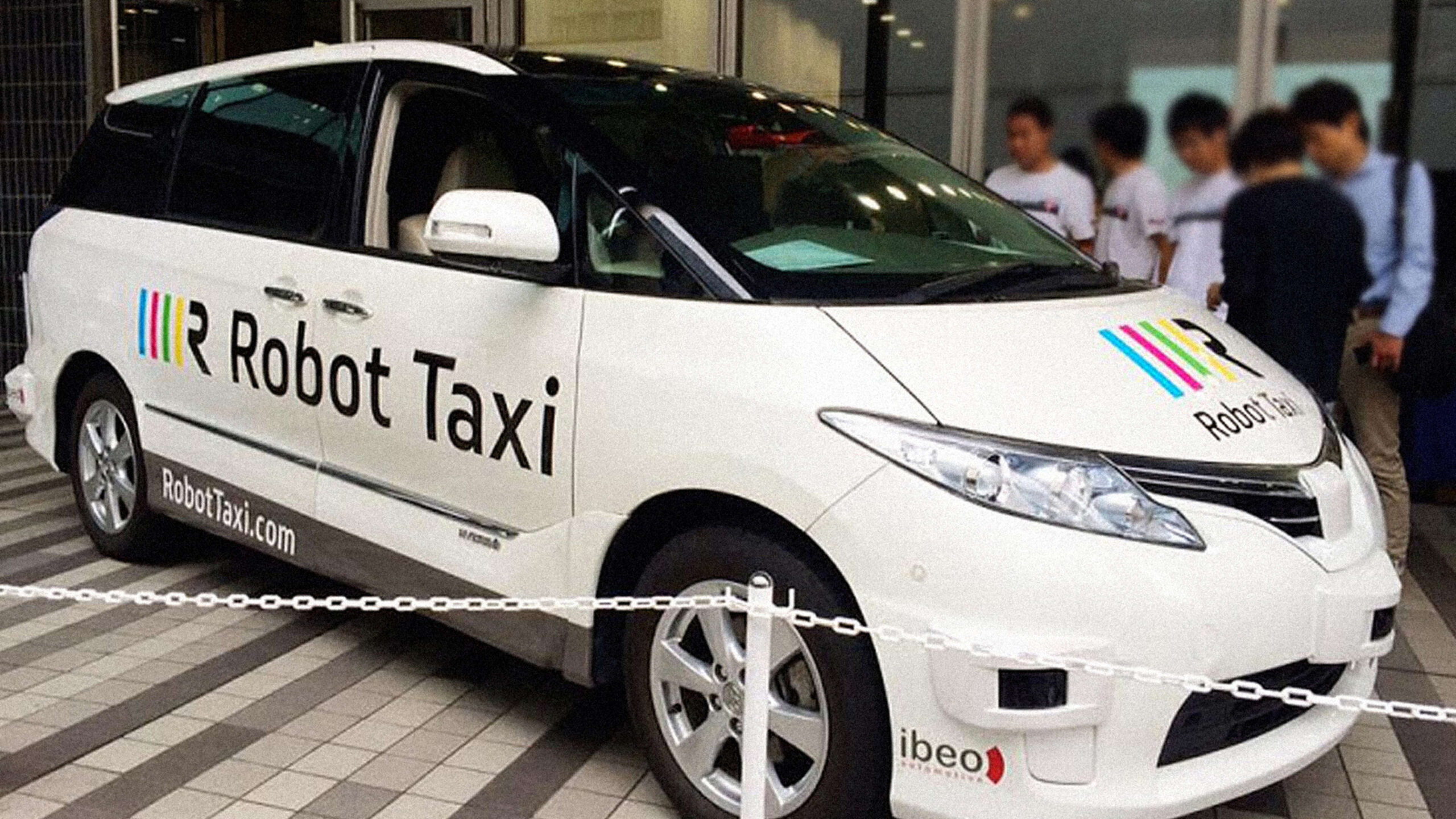
Understanding autonomous driving technology
The core of robotic taxis is autonomous driving technology. Autonomous driving technology is a combination of various technological elements such as artificial intelligence, sensors, and algorithms. Artificial intelligence plays a role in recognizing and judging road conditions during driving, while sensors collect environmental information and deliver it to the artificial intelligence. Based on the collected information, the algorithms determine the appropriate driving operations. With the development of autonomous driving technology, robotic taxis have achieved driving capabilities comparable to humans.
Advantages and disadvantages of robotic taxis
Robotic taxis have many advantages.
Firstly, robotic taxis have higher safety compared to human-driven taxis. They can accurately recognize road conditions and make swift and accurate judgments through artificial intelligence and sensors. Secondly, robotic taxis can reduce the possibility of accidents caused by human driver errors or distractions. Lastly, robotic taxis can optimize operating hours and fares to provide convenience to passengers.
However, robotic taxis also have some disadvantages.
Firstly, due to technological limitations, robotic taxis cannot respond to all road situations. They may have limited driving capabilities in complex urban areas or construction sites. Secondly, the widespread adoption of robotic taxis may lead to the disappearance of some jobs, raising concerns about job stability for taxi drivers and related industry workers.
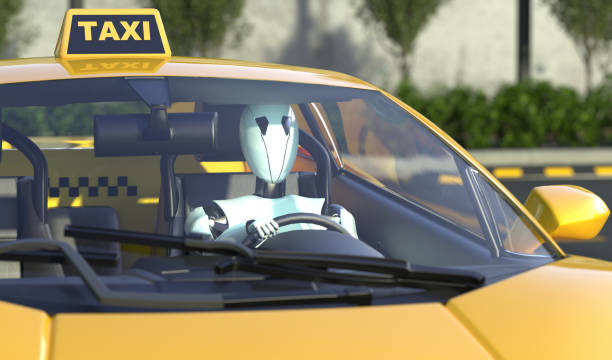
Economic impact of robotic taxi adoption
The introduction of robotic taxis is expected to have economic impacts.
Firstly, robotic taxis are expected to bring innovation to the existing taxi industry. By optimizing operating hours and fares, they can improve profitability. Secondly, robotic taxis are anticipated to have a positive impact on the domestic and international tourism industries. Tourists will be able to travel conveniently and safely using robotic taxis, contributing to the revitalization of the tourism industry.
Legal regulations and safety issues
The introduction of robotic taxis requires attention to legal regulations and safety issues. The legal regulations necessary for the operation of robotic taxis vary from country to country, and they need to be coordinated as autonomous driving technology advances. Additionally, the safety of robotic taxis must always be emphasized. Reliable autonomous driving systems and safety devices must be in place to ensure the safe operation of robotic taxis.
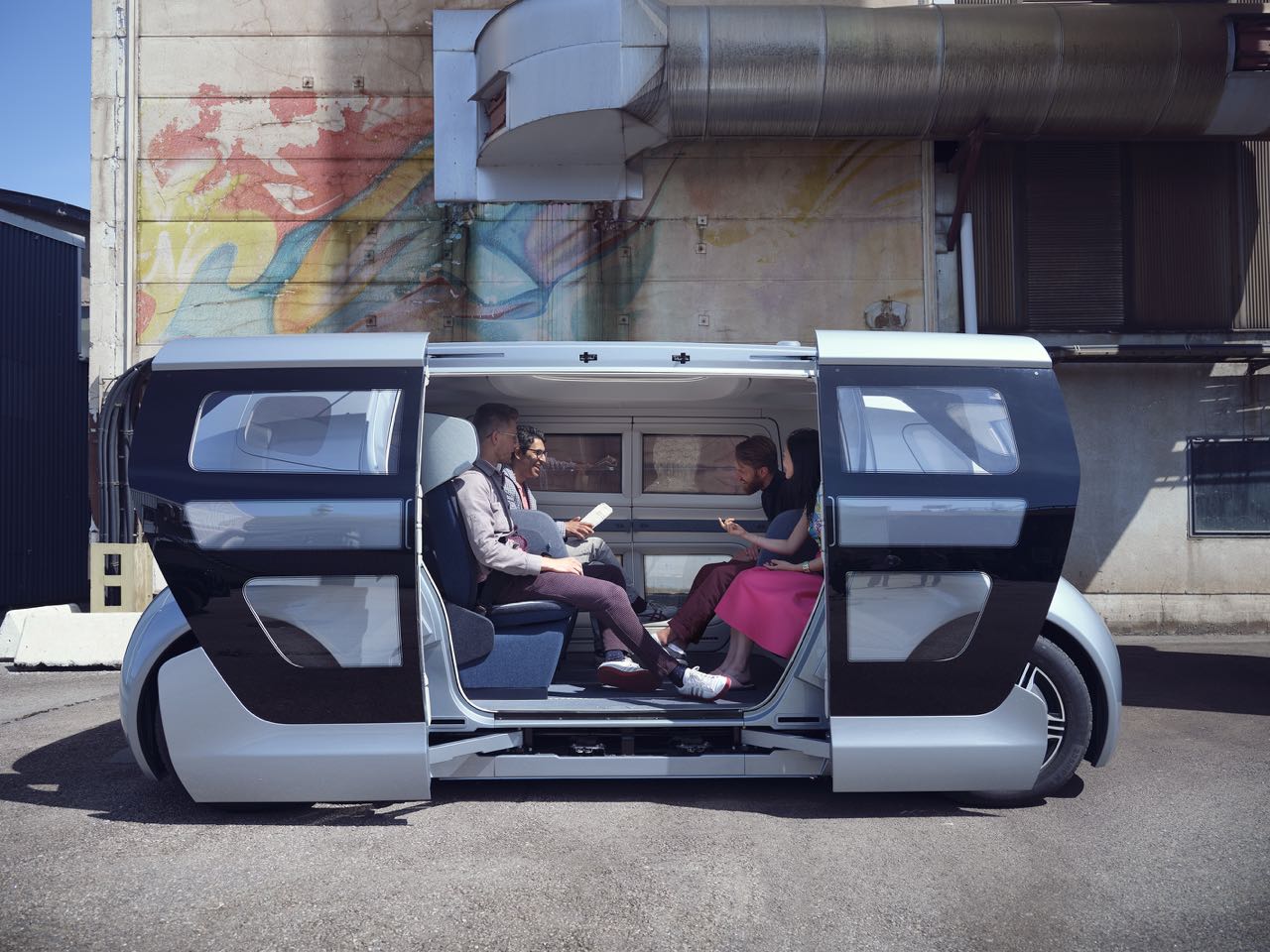
Social changes and future prospects of robotic taxis
The introduction of robotic taxis is expected to bring about social changes.
Firstly, robotic taxis are recognized as an alternative to alleviate traffic congestion. By using robotic taxis, driving routes can be optimized, and vehicle distances can be shortened, improving traffic flow. Secondly, robotic taxis can be utilized as a solution for an aging society. Elderly people can use robotic taxis to travel conveniently, and they can also contribute to improving the safety and living convenience of the elderly living alone.
The future prospects of robotic taxis are very promising. As autonomous driving technology continues to advance, robotic taxis are expected to be increasingly adopted and integrated into daily life. The global robotic taxi market is also expected to continue growing, with existing taxi companies and vehicle manufacturers entering the robotic taxi market.
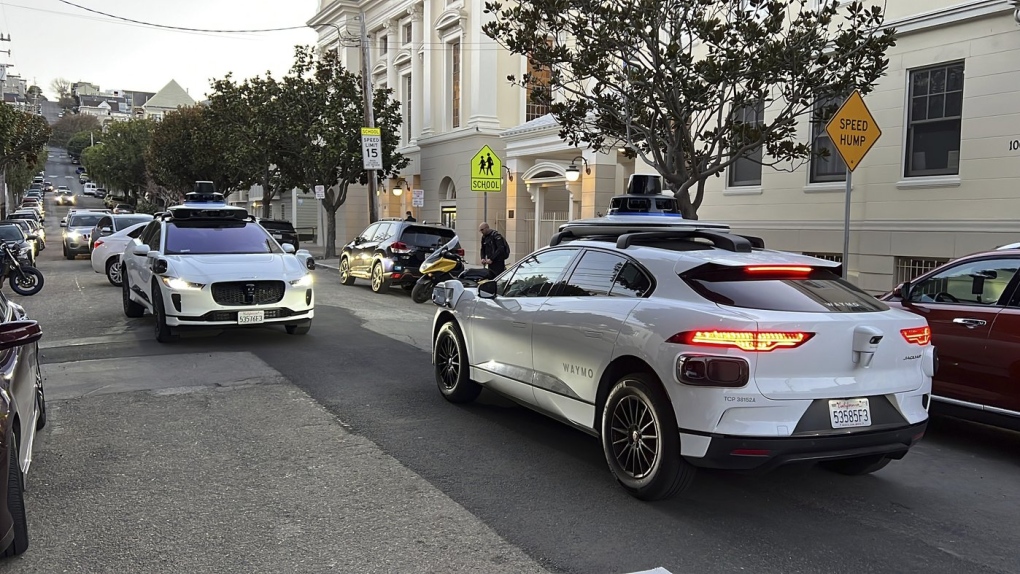
Trends in the global robotic taxi market
The global robotic taxi market is showing a continuous growth trend. Research and development of robotic taxis are actively underway in major countries such as the United States, China, and Japan, with pilot operations also being conducted. Particularly, China has high expectations for the robotic taxi market, and domestic and foreign companies are making active investments and collaborations to establish a leading position.

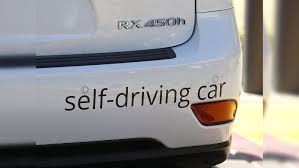
Robotic taxis are the innovation and reality of future transportation. With the advancement of autonomous driving technology, robotic taxis are expected to have a significant impact on our daily lives. However, there are also various challenges and issues to be addressed, so legal regulations and safety measures are necessary. It is important to closely monitor the evolving robotic taxi market and work together to shape the future of our transportation.




